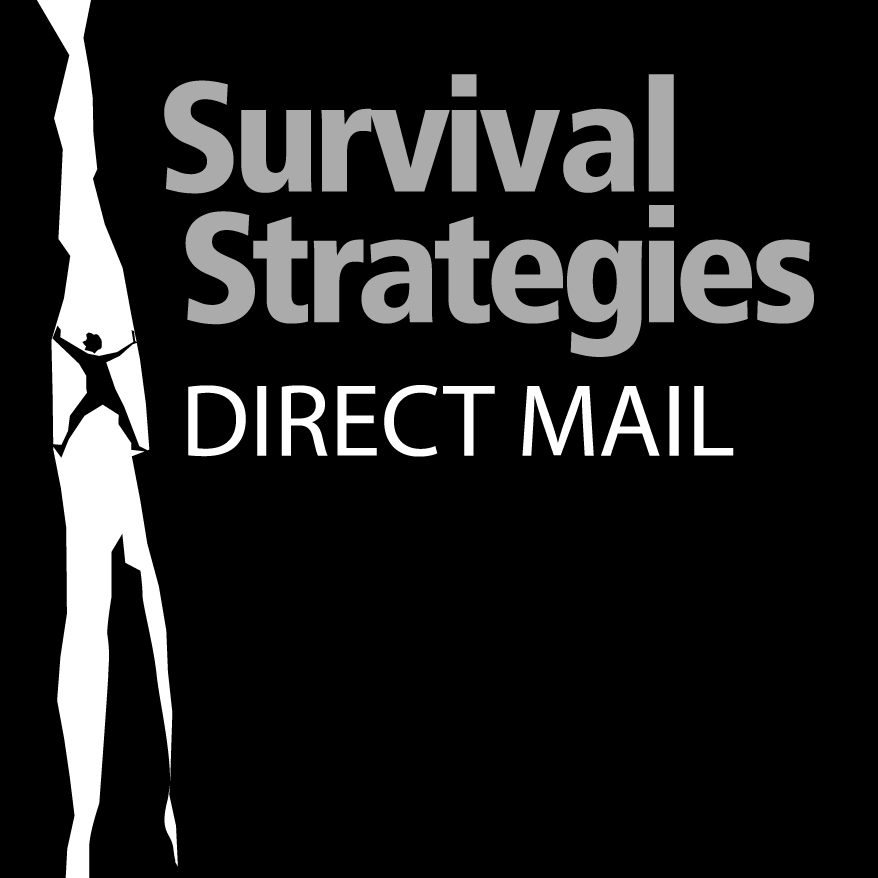Bob Stone, one of the experts of direct marketing, said that people buy things for one of two reasons: To gain something or protect what they already have. “When you understand that, you will be on your way to overcoming human inertia.”
Bob was smart. He knew that human inertia is our natural tendency to resist taking action – including buying something. Direct response – or direct mail – is the science of overcoming that tendency. Bob gave us the clues: People buy if they can gain something or protect what they already have. It’s called motivation. As designers, architects and design professionals, we need to understand what that means to building our businesses.
Direct Response (or what we call direct mail) seeks to solicit a response from an individual. While we can argue that all advertising can fit this classification of “seeking a response,” we also know that some tactics only seek to create “impressions” or what people call “branding.” Direct mail is different: It seeks to elicit a response from an individual. A lot of science goes into the effort. Direct mail actually wants someone to take action either to buy or to learn more in order to buy.
Direct mail seeks to overcome human inertia by demonstrating your service is something that will protect what the target already has (i.e., the value of their home) or will help them gain something (i.e., status, comfort, etc.).
As a designer, architect, or builder, it is often difficult to grasp how something like direct mail can help your business, but think about this: Why do people buy from you? You create beauty, function. You create the living spaces where people share important moments. Direct mail is a tactic where you can communicate to people about what you do. Unlike other tactics like publicity or advertising, direct mail uses targeted lists to communicate one-to-one with people using the old- fashioned letter (now known as the email) as its primary vehicle.
